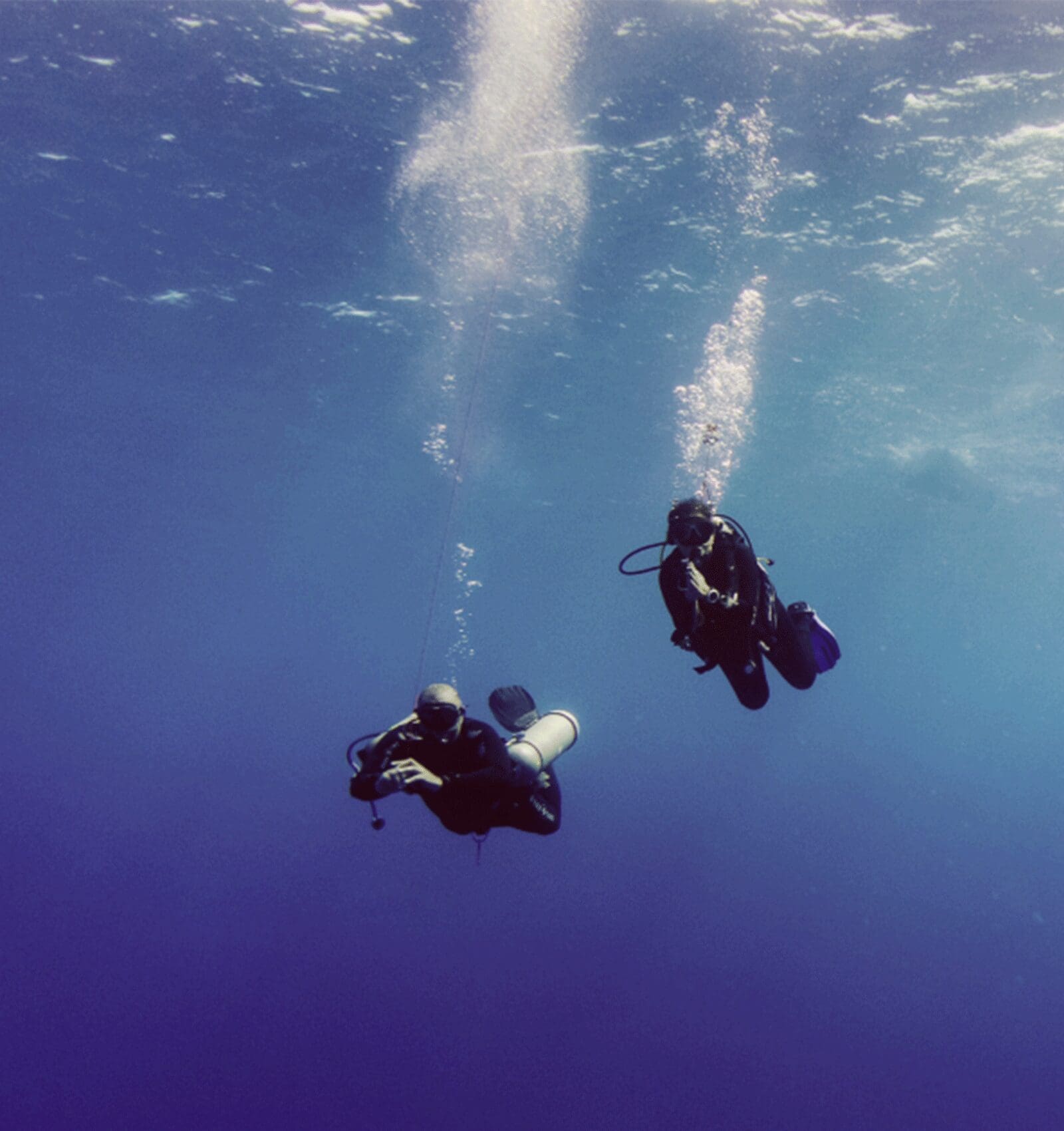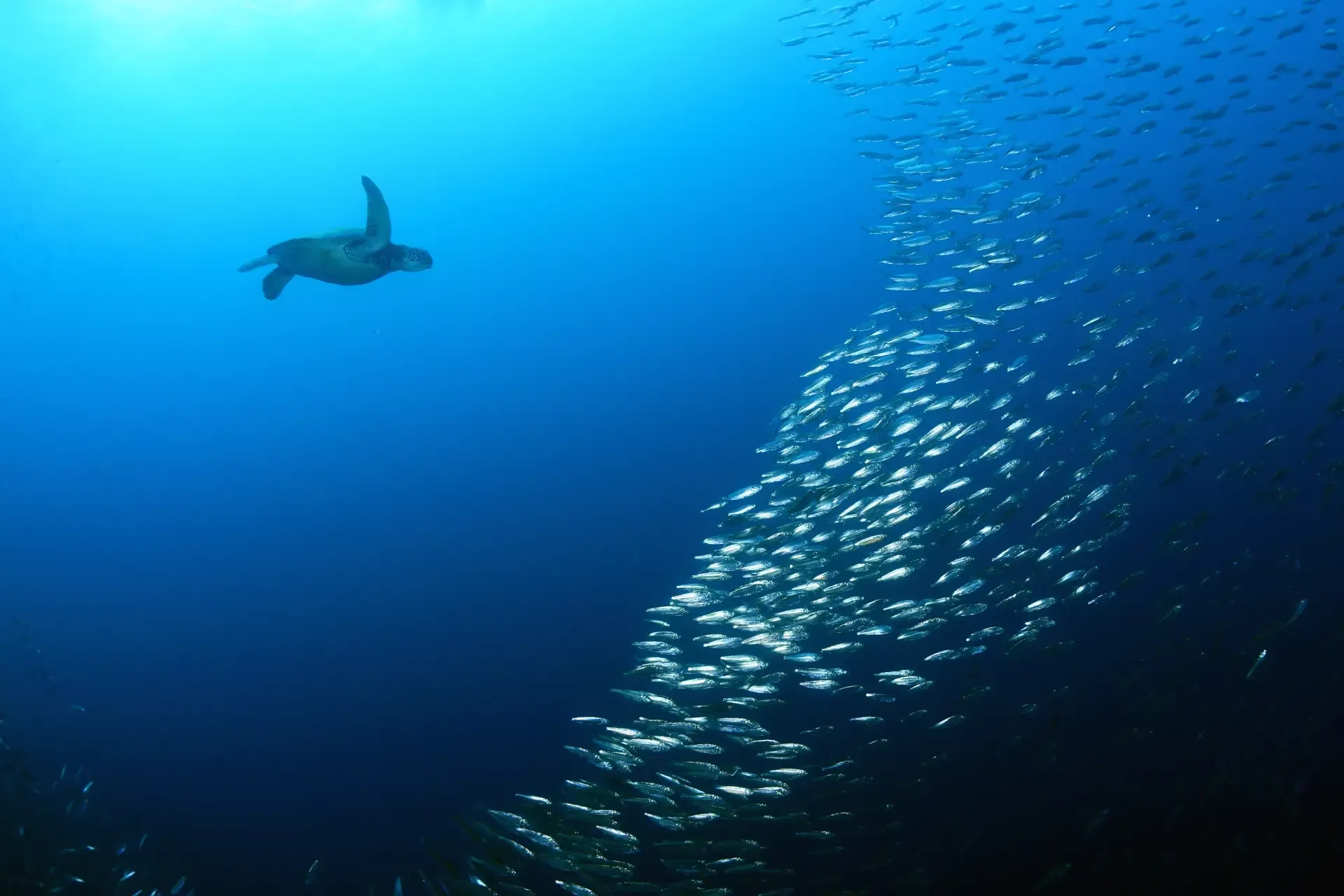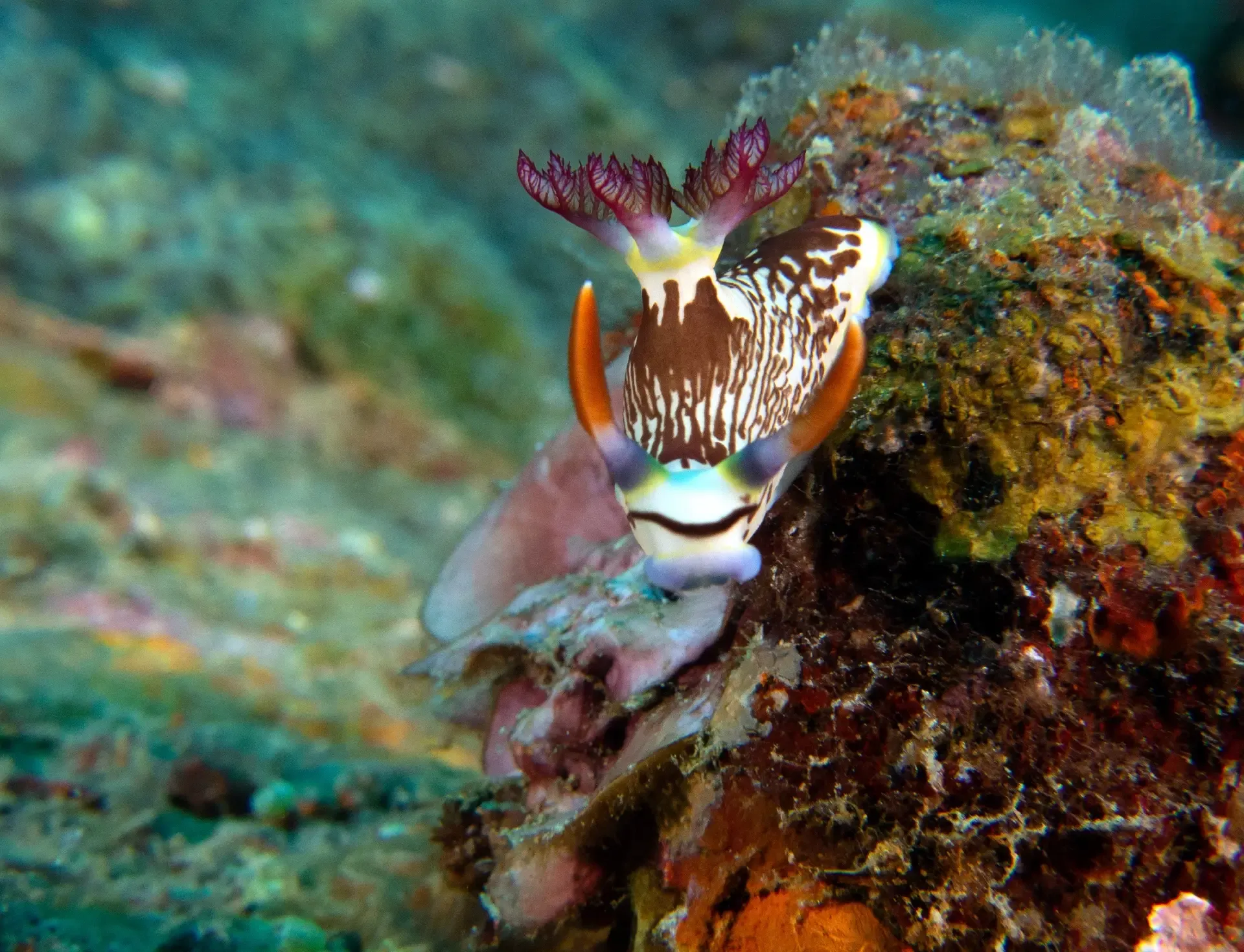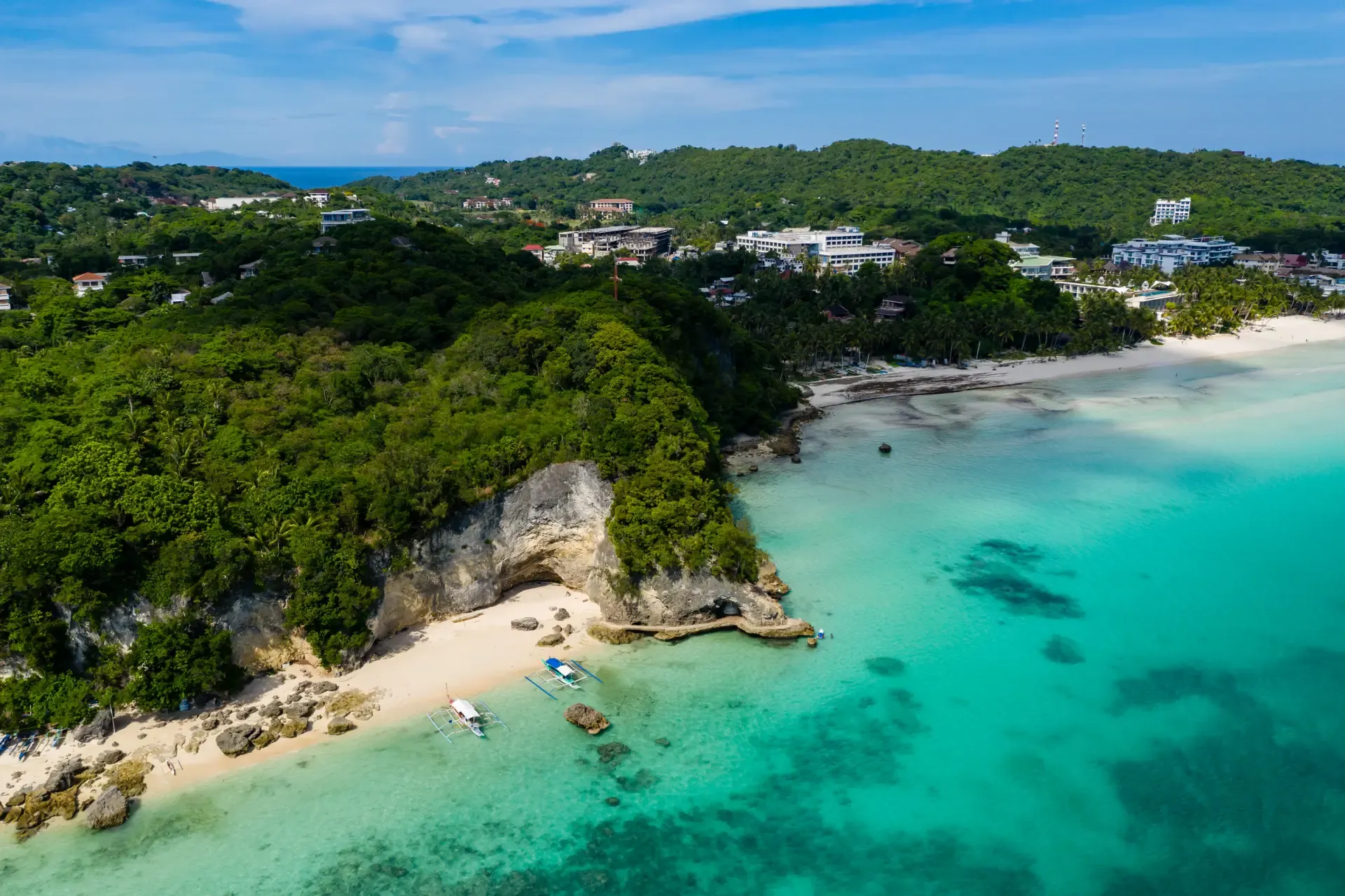A Beginner’s Guide to Drift Diving in Boracay
A Beginner’s Guide to Drift Diving in Boracay
A Beginner’s Guide to Drift Diving in Boracay
Drift diving is one of the most exhilarating ways to explore the underwater world. Instead of swimming against the current, divers let the water carry them along, offering a unique and effortless experience. In Boracay, the island’s dynamic dive sites and nutrient-rich currents create the perfect conditions for drift diving, making it a must-try activity for beginners and seasoned divers alike.
If you’re new to drift diving, this guide will walk you through everything you need to know, from understanding the basics to discovering the best drift dive sites in Boracay.
What is Drift Diving?
Drift diving is a type of scuba diving where divers use the ocean’s natural currents to propel themselves along a dive site. Instead of swimming against or across the current, you move with it, allowing for longer dives with less effort. Drift diving offers a sense of freedom and the chance to cover more ground, making it an incredible way to experience Boracay’s underwater landscapes.
Key Characteristics of Drift Diving:
- The current does the work, so you can conserve energy.
- You cover greater distances, exploring a wider variety of marine life.
- It’s often described as a feeling of “flying” underwater.
Why Boracay is Ideal for Drift Diving
Boracay is a premier destination for drift diving due to its:
- Dynamic Currents: Many of Boracay’s dive sites feature moderate to strong currents, perfect for drift diving. These currents bring nutrients that attract a variety of marine life, from small critters to large pelagic species.
- Diverse Dive Sites: Boracay offers a mix of reef slopes, coral gardens, and steep walls, providing a wide range of underwater environments to explore.
- Abundant Marine Life: The nutrient-rich waters support vibrant ecosystems, including schools of jacks, barracudas, and even reef sharks.
- Experienced Dive Operator: We at New Wave Divers, provide expert guidance and safety briefings to ensure you enjoy a seamless drift diving experience.
The Benefits of Drift Diving
Drift diving is often considered one of the most relaxing and enjoyable forms of scuba diving. Here’s why:
- Effortless Exploration: Letting the current carry you means you conserve energy, allowing for longer dives.
- Enhanced Marine Life Encounters: Currents attract schooling fish, larger predators, and vibrant reef activity.
- Ideal for Underwater Photography: With minimal finning, you have more time to focus on capturing stunning images.
- Perfect for All Levels: Drift diving can be tailored to match your skill level, with calmer currents for beginners and more dynamic sites for advanced divers.
Essential Drift Diving Skills for Beginners
While drift diving is relatively easy to learn, a few key skills will ensure you have a safe and enjoyable experience:
- Buoyancy Control: Maintaining good buoyancy is crucial for staying streamlined and avoiding contact with the reef or other divers.
- Positioning in the Current: Staying horizontal with minimal drag allows you to move smoothly with the current.
- Using a Reef Hook: In areas with stronger currents, a reef hook can help you secure yourself to observe marine life without exerting energy.
- Communication: Use hand signals to communicate with your buddy and guide, ensuring you stay in sync during the dive.
- Deploying a DSMB (Delayed Surface Marker Buoy): A DSMB is essential for signaling your position to the surface crew, especially during drift dives in open water.
Drift Diving Equipment Checklist
Drift diving doesn’t require specialized equipment beyond standard scuba gear, but a few extras can enhance your experience:
- Reef Hook: Helps you stabilize in stronger currents.
- Dive Light: Illuminates coral and marine life, especially in deeper areas.
- DSMB: Ensures you’re visible to boats during your ascent.
- Gloves: Protect your hands when using a reef hook or navigating rocky areas.
Top Drift Diving Sites in Boracay
Boracay’s dive sites offer a mix of vibrant coral gardens, dramatic walls, and fascinating marine life. Here are some of the best drift diving spots:
Yapak:
-
- Known for its deep walls and strong currents, Yapak is a drift diving hotspot for advanced divers. The nutrient-rich currents attract schools of jacks, barracudas, and occasional reef sharks.
- Depth: 29-40 meters
- Marine Highlights: Pelagic species, vibrant coral formations
Crocodile Island:
-
-
- This dive site features sloping reefs with moderate currents, making it ideal for beginners. The area is teeming with marine life, including parrotfish, groupers, and nudibranchs.
- Depth: 10-25 meters
- Marine Highlights: Coral gardens, macro life
-
Channel Drift:
-
- Located between Boracay and Panay Island, this site is perfect for experiencing steady currents while exploring sandy channels and coral formations.
- Depth: 15-32 meters
- Marine Highlights: Stingrays, garden eels, reef fish
Laurel Island:
-
- With its combination of coral slopes and steady currents, Laurel Island offers an excellent drift diving experience for divers of all levels.
- Depth: 10-30 meters
- Marine Highlights: Soft corals, schooling fish, turtles
What to Expect During Your First Drift Dive in Boracay
- Pre-Dive Briefing: Your dive guide will provide detailed instructions on the site’s conditions, entry and exit points, and key safety protocols.
- Negative Entry: Depending on the site, you may need to descend quickly to the drift’s starting point.
- Drift Along: Once in the current, relax and let it carry you along the dive site. Focus on enjoying the ride and observing marine life.
- Safety Stop and Ascent: Drift dives typically end with a safety stop, often signaled by a DSMB to alert the surface crew of your position.
Safety Tips for Drift Diving
- Stay Close to Your Group: Currents can separate divers quickly, so stay near your buddy and guide.
- Follow the Guide’s Instructions: Dive guides are familiar with the site’s currents and will lead you safely through the dive.
- Monitor Your Air Supply: Drift dives can be so effortless that it’s easy to lose track of time and air consumption.
- Be Aware of Boat Traffic: Surface carefully and use a DSMB to ensure you’re visible to boats.
Why Drift Diving in Boracay is Unforgettable
Drift diving in Boracay offers a sense of freedom and adventure that’s hard to match. The combination of dynamic currents, vibrant marine life, and stunning underwater landscapes makes it a must-try for divers of all skill levels. Whether you’re gliding along the walls of Yapak or exploring the coral gardens of Crocodile Island, Boracay’s drift dives promise unforgettable memories.
Final Thoughts
Drift diving is an incredible way to explore the underwater world, offering effortless movement and breathtaking encounters with marine life. For beginners, Boracay’s diverse dive sites provide the perfect introduction to this exhilarating style of diving.
If you’ve never tried drift diving before, there’s no better place to start than Boracay. With experienced guides, stunning dive sites, and the island’s warm hospitality, you’re guaranteed an adventure you’ll never forget. So grab your gear, ride the currents, and experience the magic of drift diving in one of the world’s most beautiful destinations.
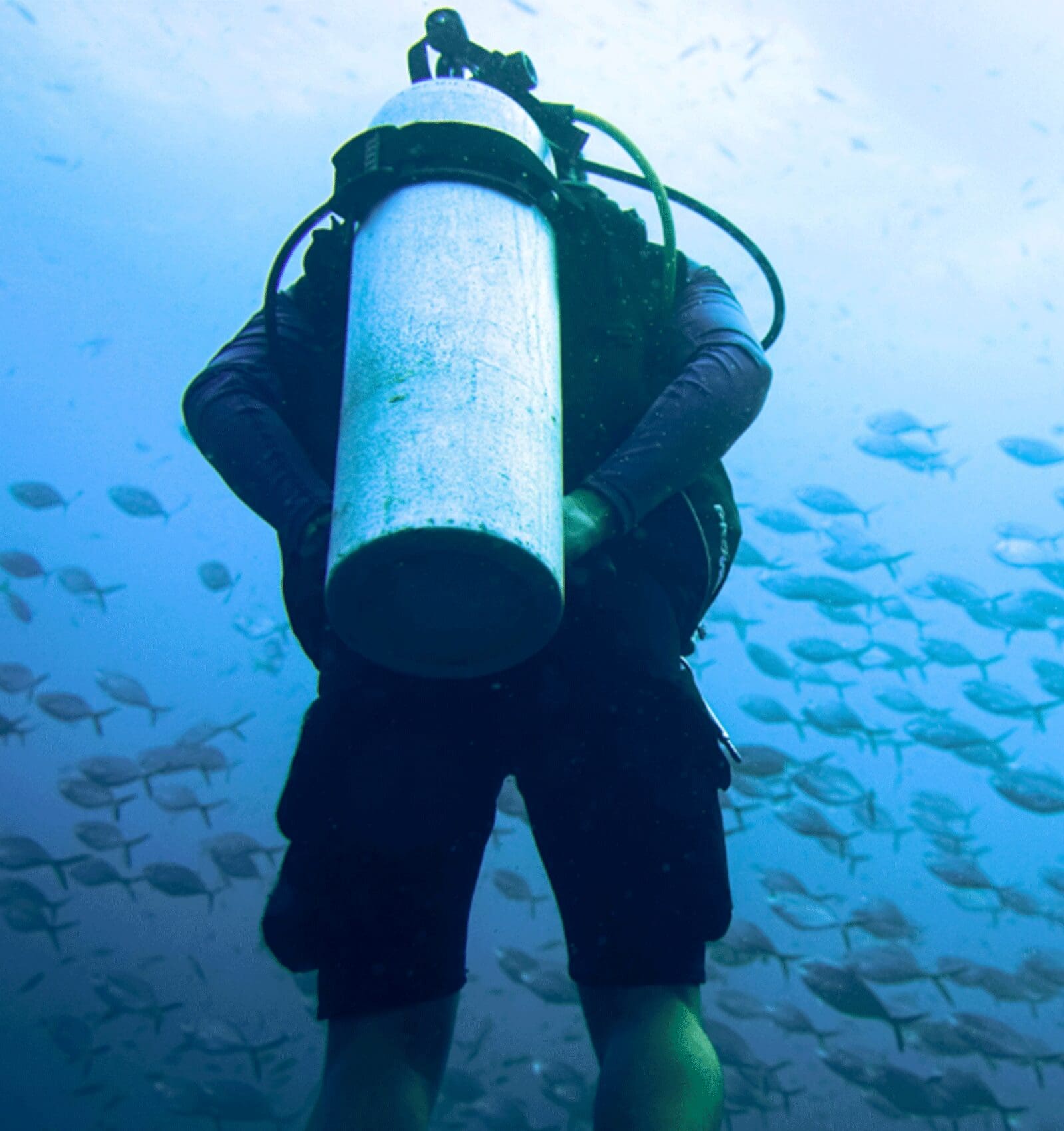
Wish to know more about the diving in Boracay? Our team will be delighted to answer your questions and let us know why we should be your first choice when planning your dive vacation to the Philippines. We hope to hear from you soon!
